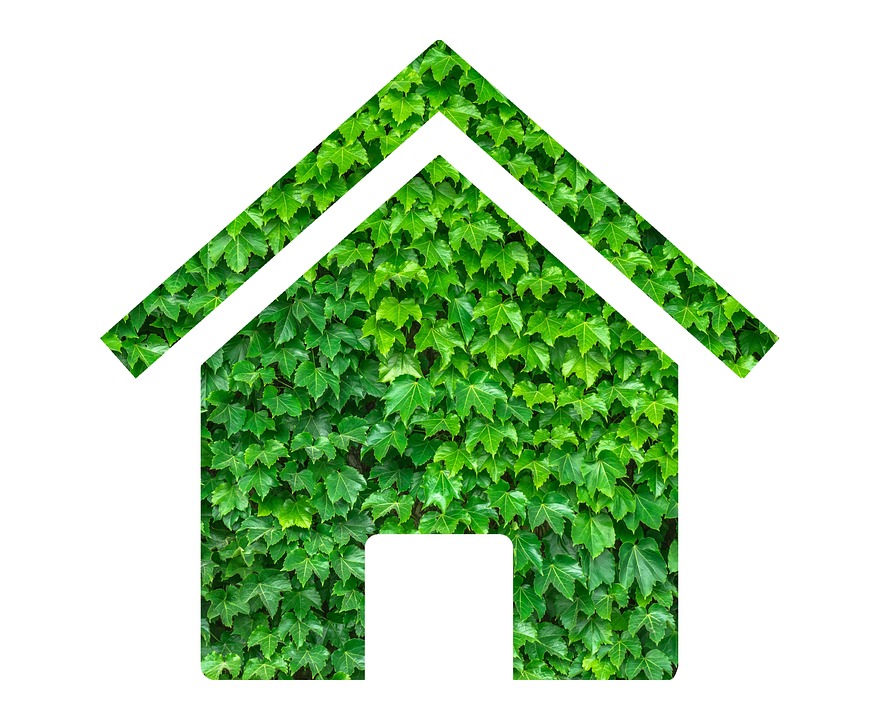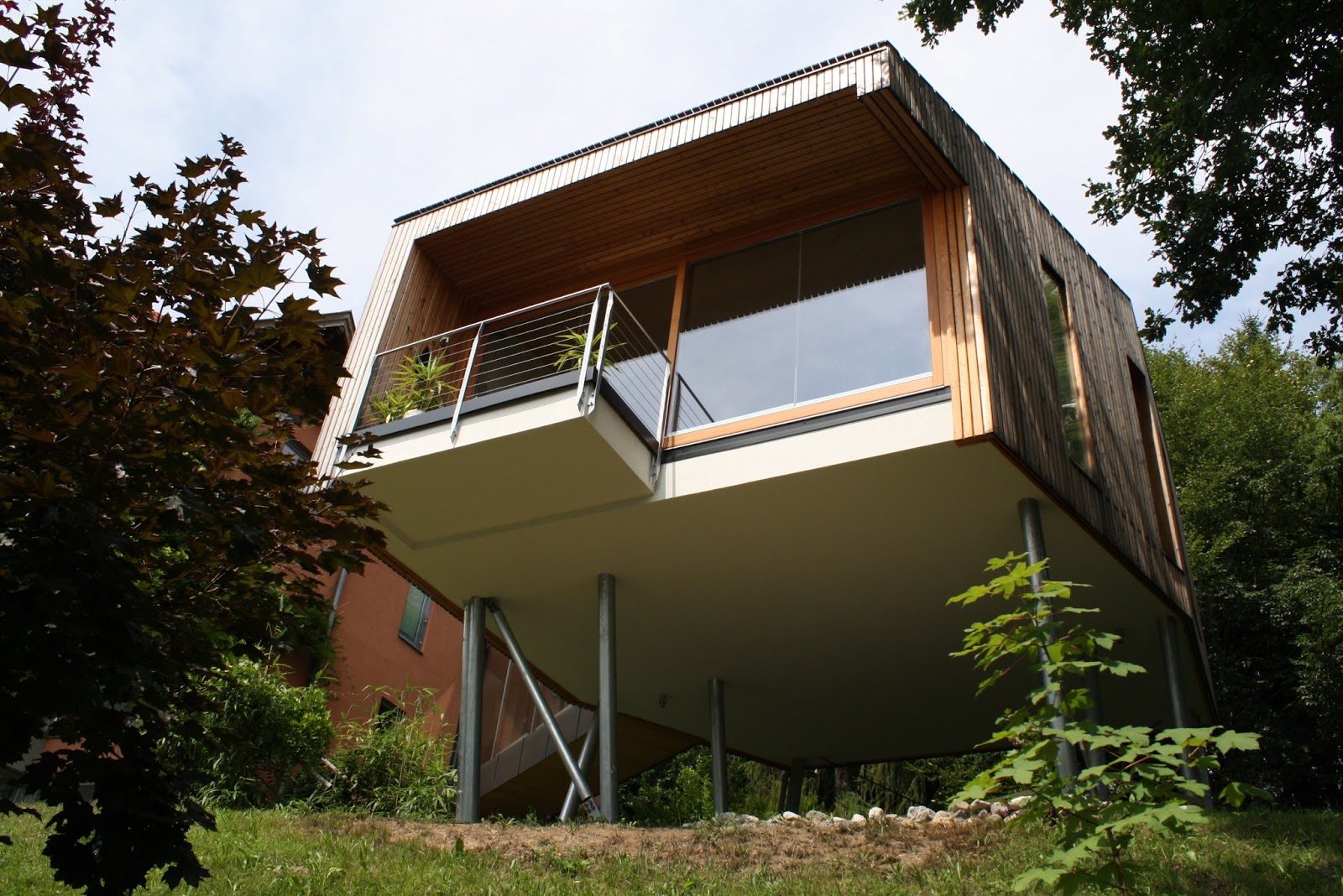Contents
– What is an energy-saving house?
– Objectives of the energy-saving house
– Price of an energy-saving house
– Example of an energy-saving house: the passive house
An energy-saving house is environmentally friendly.
It consumes less energy and uses renewable energies that will sustainably balance your energy needs with the planet’s resources.
What is an energy-saving house?
The energy-saving house is an ecological house that must respect our environment.
Therefore, it will pollute as little as possible and reduce your energy needs as much as possible.
– To achieve this, you will take particular care in your home’s design (materials used) and its installations (water and heating).
– The energy-saving house can be ecological, green, bioclimatic, or even autonomous.
Objectives of the energy-saving house
The main objectives of the energy-saving house are to:
– reduce heating costs as much as possible by choosing a better orientation of the house;
– take special care to save energy through insulation;
– produce electricity (solar or wind power);
– saving water through rainwater recuperation or low-flow systems;
– managing waste as well as possible, such as selective sorting or composting.
Price of an energy-saving house
Compared to a conventional home, the energy-saving house represents an additional cost of 10 to 15%. However, this cost is amortized after a few years from the savings made on heating and electricity.
Example of an energy-saving house: the passive house

PassivHaus is a German label for energy performance in buildings. In the USA, the PHIUS+ association is responsible for certifying passive houses: these must meet the same criteria as those described by the PassivHaus label.
The passive house’s primary function is to reduce the energy input for heating, ventilation, and lighting through highly efficient building techniques.
It is, therefore, an environmentally friendly and energy-efficient home. Its location in the environment will therefore be of prime importance, both climatically and geographically.
Its low energy consumption is based on:
– the use of the passive heat of the sun;
– reinforced thermal insulation (walls, windows, etc.);
– not having thermal bridges, i.e. gaps in the insulation through which heat can escape;
– air-tightness and double-flow ventilation with heat recovery;
– the fitting of energy-saving appliances listed according to energy class.
Its advantages
The passive house has many benefits:
– The house does not need more than 15 kWh per m² per year for heating;
– its total primary energy consumption (heating, water, and appliances) must not exceed 120 kWh/m²/year;
– it also has excellent air-tightness.
It is essential to comply with specific standards to obtain the “passive house” label,
The house must be designed and optimized well in advance of construction to comply with the PassivHaus standard requirements. Two main techniques will enable you to meet the consumption targets set by this standard:
Over-insulation
The energy losses of a Passive House can be significantly reduced, particularly by strengthening the insulation by using triple glazing. A heat recovery unit like a dual-flow CMV (controlled mechanical ventilation) system, must be installed to supply fresh air. The objective is to achieve ventilation energy less than or equal to 0.4 Wh/m3 of supply air.
Bioclimatic Architecture
Bioclimatic architecture is a technique used to increase solar gain received through the windows and bays and the south-facing aspect of the living room. The passive building also conserves the waste heat from electrical appliances.
A building of this type has far fewer humidity problems, ages better, offers greater comfort through a balance of temperatures while reducing energy costs and CO2 emissions. A fair calculation at all levels!
Furthermore, the incentive for building owners and developers has been introduced at the town planning level. You can read more on Passive House: An Ecological Concept.
Don’t forget to leave your comments in the section below.

Thanks for another informative blog. Where else may just I get that kind of information written in such an ideal method? I have a challenge that I am just now operating on, and I’ve been on the look out for such information.
Its like you read my mind! You seem to know a lot about this, like you wrote the book in it or something. I think that you can do with a few pics to drive the message home a bit, but instead of that, this is wonderful blog. An excellent read. I will definitely be back.
I appreciate, cause I found just what I was looking for. You’ve ended my 4 day long hunt! God Bless you man. Have a nice day. Bye